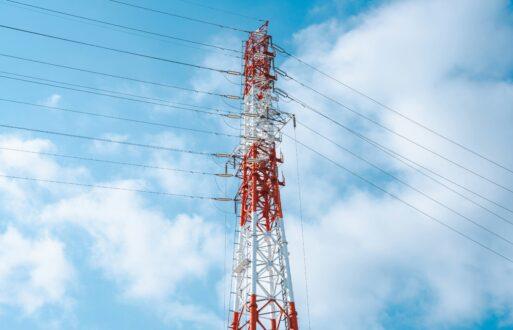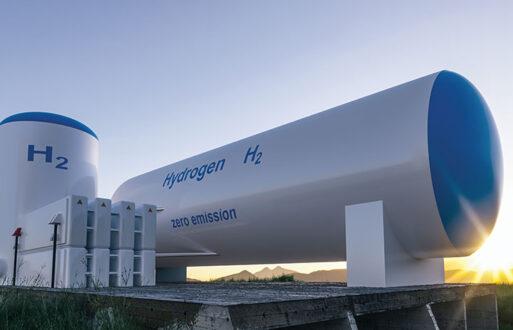Disclaimer: This blog post, which answers “How does CAISO’s aftermarket cost recovery process work for generators?,” was generated using PCI’s ISO/RTO Documentation AI Chatbot, powered by ChatGPT. While the content is based on curated market documentation, it is intended for informational purposes only and may not reflect the most up-to-date or comprehensive information. We recommend verifying any key details directly with relevant sources before making business decisions.
For the latest answer to this question, generated live, visit our free ISO/RTO Documentation Chatbot.
Navigating the complexities of CAISO’s aftermarket cost recovery process can be daunting for generators. This process is designed to help generators recover certain costs that weren’t accounted for during the market’s initial settlement. But what exactly qualifies for recovery, and how does the process differ from CAISO’s Bid Cost Recovery (BCR) mechanism?
In this blog post, we’ll break down how CAISO’s aftermarket cost recovery process works, what costs are eligible, how to submit a request, and the documentation and timing requirements generators need to meet. By the end, you’ll have a clear understanding of how to navigate this process and ensure compliance with CAISO’s rules.
ISO/RTO Documentation Chatbot
Use our AI to search Business Practice Manuals from ISO/RTO markets at no cost.
What is CAISO’s aftermarket cost recovery process?
CAISO’s aftermarket cost recovery process is a mechanism that allows generators to recover costs incurred during market operations that weren’t fully covered through the standard settlement process. This process is particularly important for generators facing unexpected fuel price spikes or other unforeseen operational costs. Unlike Bid Cost Recovery (BCR), which is designed to ensure generators recover their bid costs for energy and ancillary services, aftermarket cost recovery focuses on costs that arise after the market has cleared.
For example, imagine a generator that submitted a bid based on expected fuel costs, but actual fuel prices skyrocketed due to market volatility. If the generator’s costs exceeded what was accounted for in the market settlement, they could submit a request for aftermarket cost recovery to recoup the difference.
What costs are eligible for recovery?
Not all costs qualify for aftermarket cost recovery. CAISO has strict criteria to ensure only legitimate, documented expenses are reimbursed. Here’s what’s eligible:
- Actual fuel costs: Generators can recover costs for fuel or fuel-equivalent expenses that exceed the amounts used to calculate their reference levels during market bidding. These costs must be supported by documentation and reflect prudent procurement practices.
- Startup, minimum load, and transition costs: If these costs were higher than anticipated and weren’t fully covered in the original settlement, they may be eligible for recovery.
- Exclusions: Costs related to gas imbalance penalties, operational flow orders, or emergency flow orders are not eligible. Additionally, costs based on expected rather than actual expenses won’t qualify.
How the submission process works
Submitting a request for aftermarket cost recovery involves several steps, and timing is critical. Generators must act quickly to ensure their request is considered.
- Submit a CIDI ticket: Generators initiate the process by submitting a request through CAISO’s Customer Inquiry, Dispute, and Information (CIDI) system. The subject line should clearly state “After-Market Cost Recovery.”
- Provide documentation: Generators must include detailed documentation supporting their claim. This includes invoices, procurement records, and any other evidence showing the actual costs incurred.
- Meet the deadline: Requests must be submitted within 30 business days of the operating day when the costs were incurred. Missing this deadline disqualifies the request.
- CAISO review: Once the request is submitted, CAISO evaluates the claim on a market-by-market, hour-by-hour basis. They’ll verify the costs against the generator’s reference levels and ensure all criteria are met.
- Approval or denial: CAISO will respond within 60 business days, either approving the request or providing a written explanation for denial.
How aftermarket cost recovery differs from Bid Cost Recovery (BCR)
While both processes aim to ensure generators are fairly compensated, they serve different purposes. BCR focuses on recovering bid costs for energy and ancillary services, such as startup and minimum load costs, that were part of the generator’s market participation. Aftermarket cost recovery, on the other hand, addresses costs that arise after the market clears, such as unexpected fuel price increases.
Another key difference is the timing. BCR is part of the standard settlement process, while aftermarket cost recovery is a separate, post-market mechanism that requires additional documentation and approval.
What generators need to know about documentation, timing, and approval criteria
Generators must be meticulous when preparing their aftermarket cost recovery requests. Here’s what you need to keep in mind:
- Documentation is key: CAISO requires detailed, verifiable records to support your claim. This includes invoices, procurement records, and any other evidence showing the actual costs incurred.
- Timing is critical: Requests must be submitted within 30 business days of the operating day. Late submissions won’t be considered, so it’s essential to act quickly.
- Approval isn’t guaranteed: CAISO evaluates each request on a case-by-case basis, considering factors like prudent procurement practices and compliance with market rules. Generators should ensure their costs meet all eligibility criteria before submitting a request.
What this means for generators navigating CAISO’s markets
CAISO’s aftermarket cost recovery process is a valuable tool for generators facing unexpected costs, but it requires careful planning and attention to detail. By understanding what costs are eligible, how to submit a request, and the documentation and timing requirements, generators can navigate this process with confidence.
Ultimately, the key to success lies in preparation. Generators who maintain thorough records, act quickly, and follow CAISO’s guidelines will be better positioned to recover their costs and ensure their operations remain financially viable.
For the latest answer to this question, generated live, visit our free ISO/RTO Documentation Chatbot.







